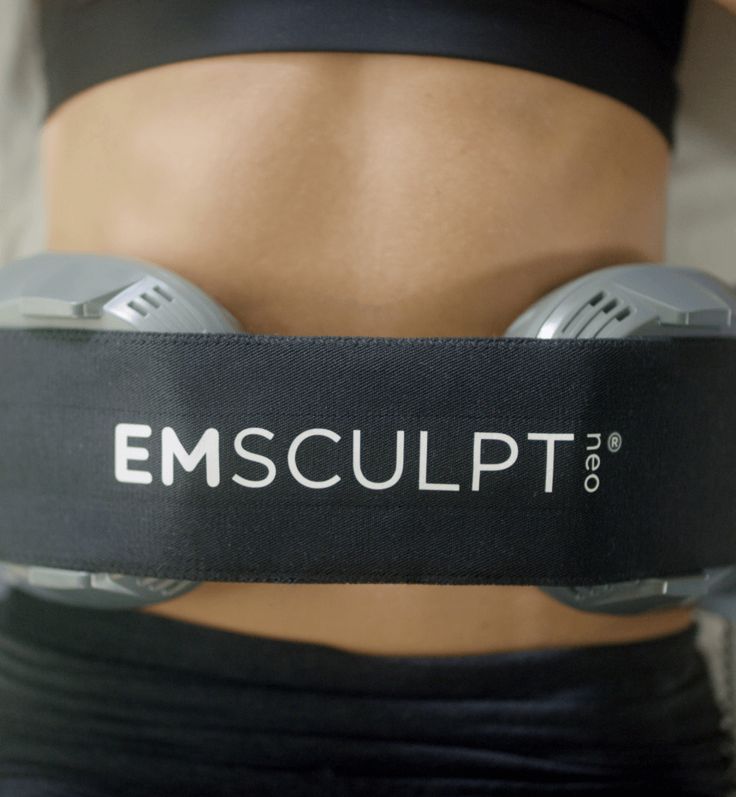Best Shoes for Diabetics: Comfort, Protection, and Support You Can Trust
Living with best shoes for diabetics means paying special attention to foot health. Because diabetes can reduce blood flow and nerve sensation in the feet, even small blisters or pressure points can lead to serious complications. That’s why choosing the right shoes isn’t just about comfort — it’s about protection, balance, and overall well-being.
Below, we explore what makes a great diabetic shoe and review some of the best shoes for diabetics that offer exceptional cushioning, support, and fit.
Why Diabetic Shoes Matter
People with diabetes often experience neuropathy (reduced feeling in the feet) and poor circulation. Regular shoes may cause rubbing, pressure, or friction that goes unnoticed, leading to sores or ulcers.
Diabetic shoes are specifically designed to prevent these problems. They feature:
- Seamless interiors to prevent friction and skin irritation
- Extra depth and width for custom orthotics and swollen feet
- Soft, stretchable uppers that reduce pressure on sensitive areas
- Cushioned soles for shock absorption and even weight distribution
- Adjustable closures, such as Velcro straps, for a personalized fit
Key Features to Look for in Diabetic Shoes
When shopping for diabetic shoes, keep an eye out for these essential design elements:
- Wide Toe Box – Prevents crowding of toes and reduces pressure on bunions or hammertoes.
- Removable Insoles – Allows the use of custom orthotics for better support.
- Breathable Materials – Keeps feet cool and dry to avoid infections.
- Padded Collar and Tongue – Reduces friction and pressure points.
- Non-Slip Outsole – Improves stability and helps prevent falls.
Best Shoes for Diabetics
1. FitVille EasyTop Wings Diabetic Shoes V2
Perfect for swollen or sensitive feet, these shoes feature adjustable Velcro straps for easy on-and-off wear. The spandex upper with breathable PU leather offers flexibility without tightness, while the OrthoLite® insole and dual-density EVA midsole provide superior cushioning. The U-shaped heel cup supports alignment and relieves heel pain.
Best for: People needing roomy, supportive shoes for daily wear or mild walking.
2. Dr. Comfort Men’s Therapeutic Extra Depth Shoes
A trusted name in diabetic footwear, Dr. Comfort shoes feature protective toe boxes, gel inserts, and non-binding uppers to accommodate swollen feet. The lightweight outsole enhances balance and safety.
Best for: Those who need Medicare-approved diabetic shoes with orthopedic-grade protection.
3. New Balance 928v3 Walking Shoes
These walking shoes combine diabetic-friendly features with athletic support. The R-Roll bar technology stabilizes your stride, and the soft leather upper prevents irritation. They also come in wide and extra-wide sizes.
Best for: Active walkers or individuals needing motion control and cushioning.
4. Orthofeet Coral Stretch Knit (Women)
Known for plush comfort, the Coral features a stretchable knit upper, orthotic insole, and extra depth design. It’s ideal for women with neuropathy, bunions, or plantar fasciitis.
Best for: Women looking for a stylish yet therapeutic shoe that feels like a sneaker.
5. FitVille EasyTop StrapEase Diabetic Shoes V4
With extra-wide (up to 6E) fit options, cushioned collars, and silky linings, these shoes are ideal for people with severe swelling or high insteps. The slip-resistant rubber outsole ensures steady footing on various surfaces.
Best for: Seniors or those who need maximum adjustability and friction-free comfort.
How to Choose the Right Pair
When selecting your diabetic shoes:
- Try them on later in the day when your feet are slightly swollen to get the best fit.
- Wear your regular socks while testing.
- Ensure there’s enough room to wiggle your toes freely.
- Check for internal seams or rough spots that could irritate your skin.
If you have foot deformities or severe neuropathy, consult a podiatrist or certified pedorthist for personalized recommendations.
Caring for Your Feet
Even with the best diabetic shoes, foot care is essential:
- Inspect your feet daily for redness, blisters, or cuts.
- Wash and dry your feet thoroughly, especially between toes.
- Keep toenails trimmed straight across.
- Replace worn-out shoes every 6–12 months for optimal protection.
Final Thoughts
The right pair of diabetic shoes can significantly improve mobility, comfort, and confidence. Whether you prefer athletic styles like New Balance 928v3 or medically designed models like FitVille EasyTop Wings, prioritize cushioning, adjustability, and width options.
Healthy feet mean a healthier life — and with today’s innovative diabetic shoe designs, comfort no longer comes at the expense of style.







